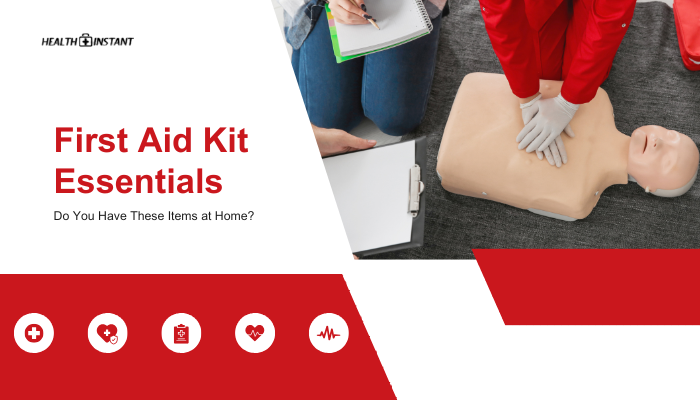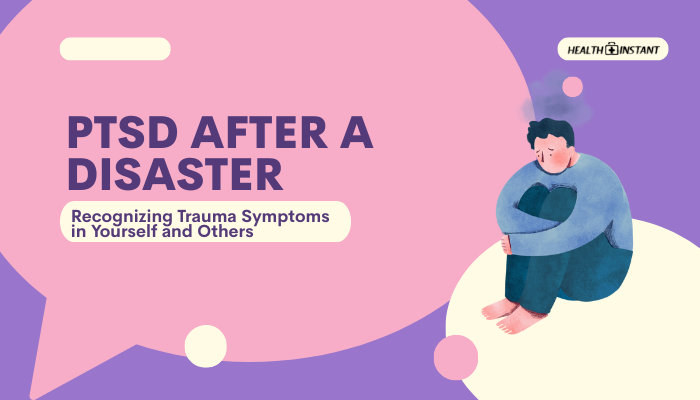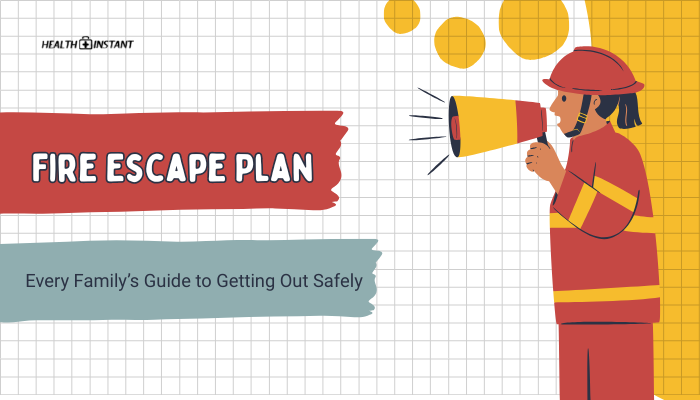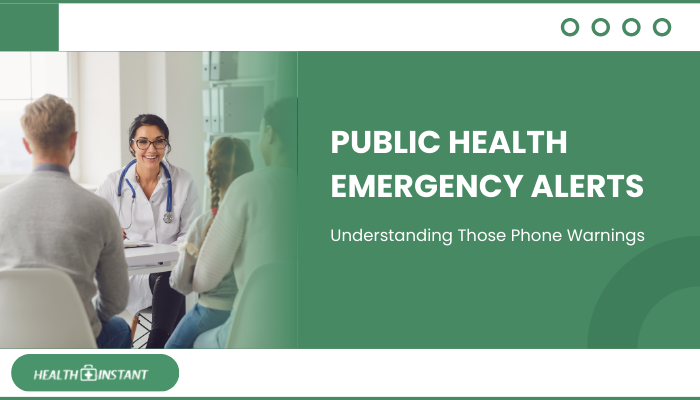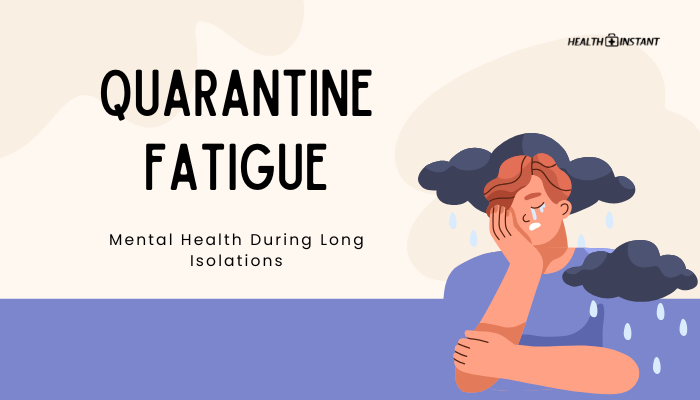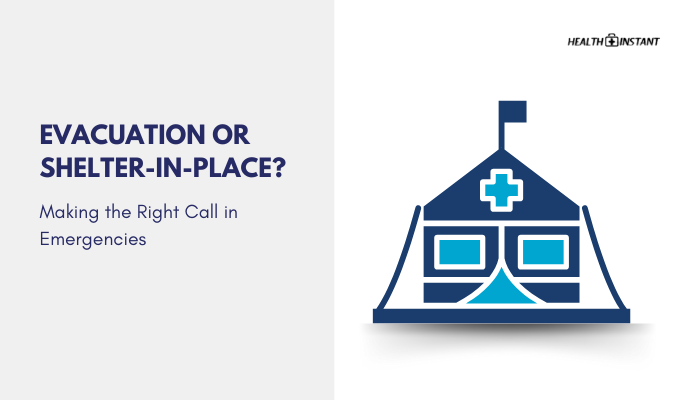Introduction
Accidents—like cuts, scrapes, or falls—can happen in any household. Having a well-stocked first aid kit lets you respond quickly to minor injuries before they worsen. While you can buy pre-made kits, assembling your own ensures it meets your family’s needs—like allergies, chronic conditions, or children’s safety. This guide outlines the key items for an effective, home-based first aid kit and provides tips to keep everything fresh and organized.
Why a Well-Stocked First Aid Kit Matters
- Immediate Response: A quick fix for small cuts or burns prevents infection.
- Reduces Anxiety: Knowing you have the right supplies builds confidence in an emergency.
- Minimizes Severity: Proper tools and medications can stabilize issues while you seek further medical care if needed.
- Customized to Your Family: Tailoring items to personal health needs ensures relevant coverage for common incidents.
Core Components of a First Aid Kit
Basic Wound Care
- Adhesive Bandages (Different Sizes)
- For minor cuts or blisters.
- Include waterproof varieties for wet activities.
- For minor cuts or blisters.
- Sterile Gauze Pads
- Cover larger wounds or absorb blood and discharge.
- Cover larger wounds or absorb blood and discharge.
- Adhesive Tape
- Secures gauze or dressings when bandages aren’t suitable.
- Secures gauze or dressings when bandages aren’t suitable.
- Antiseptic Wipes or Solution
- Cleans wounds to prevent infection.
- Alcohol pads or povidone-iodine swabs also work.
- Cleans wounds to prevent infection.
- Butterfly Strips
- Helps close small gaping wounds before seeking medical attention.
- Helps close small gaping wounds before seeking medical attention.
Tools and Instruments
- Tweezers
- Remove splinters or debris from wounds.
- Remove splinters or debris from wounds.
- Scissors
- Cut bandages or tape. Blunt-tipped medical scissors are safer.
- Cut bandages or tape. Blunt-tipped medical scissors are safer.
- Thermometer
- Check fevers or measure body temperature if an infection is suspected.
- Check fevers or measure body temperature if an infection is suspected.
- Disposable Gloves
- Provide hygiene and prevent cross-contamination.
- Provide hygiene and prevent cross-contamination.
- CPR Face Shield or mask
- A barrier device for performing rescue breaths safely.
- A barrier device for performing rescue breaths safely.
Medications and Ointments
- Pain Relievers (e.g., acetaminophen, ibuprofen)
- Address headaches, minor pain, or reduce fever.
- Address headaches, minor pain, or reduce fever.
- Antihistamines
- For mild allergic reactions, itching, or rashes.
- For mild allergic reactions, itching, or rashes.
- Hydrocortisone Cream
- Soothes bug bites, rashes, or minor skin irritations.
- Soothes bug bites, rashes, or minor skin irritations.
- Antibiotic Ointment
- Helps prevent wound infections.
- Helps prevent wound infections.
- Burn Ointment or Gel
- Offers quick relief for minor burns.
- Offers quick relief for minor burns.
Additional Items for Special Situations
- Epinephrine Auto-Injector (EpiPen): Critical if someone has a history of severe allergic reactions (anaphylaxis).
- Asthma Inhaler: If you or a family member has asthma, keep a spare inhaler in the kit.
- Finger Splints or Elastic Bandages: Stabilizes sprains or minor fractures until professional care is available.
- Anti-Diarrheal and Oral Rehydration Solutions: Helps in cases of stomach flu or dehydration, especially for children.
- Digital Blood Pressure Monitor: Beneficial for individuals with hypertension or cardiac issues.
Storage and Maintenance Tips
- Easy Access: Store the kit in a clearly labeled, dry, and cool place known to all household members.
- Check Expiration Dates: Review medications and ointments every six months, replacing as needed.
- Replenish Supplies: After using any items—bandages, antiseptic wipes, etc.—immediately restock so the kit stays ready.
- Childproofing: If children are in the house, ensure the kit is out of their reach, or locked.
Conclusion
A well-prepared first aid kit acts as a safety net against everyday mishaps, from minor cuts to unexpected allergic reactions. By stocking essential wound care items, commonly used medications, and specialized tools, you can tackle many urgent health scenarios while awaiting professional care if needed.
Maintenance is key—regularly check supplies and keep them organized so you’re never caught off guard. A robust kit isn’t just about convenience; it can reduce stress and possibly save lives.
References
- American Red Cross. (2021). Standard first aid kit items.
- Centers for Disease Control and Prevention (CDC). (2020). First aid kit checklists.
- Mayo Clinic. (2022). First-aid kits: Stock supplies that can save lives.
- World Health Organization (WHO). (2021). Emergency care systems for universal health coverage.
Disclaimer: This article provides general guidelines and does not replace professional medical advice. Always consult healthcare practitioners for specific medical concerns or specialized equipment recommendations.

